Discover the ultimate turmeric paste recipe for cooking, skincare and health! Turmeric has been a kitchen staple and a natural remedy for centuries. From ancient Indian Ayurvedic practices to modern kitchens around the world, this golden spice has always held a special place.
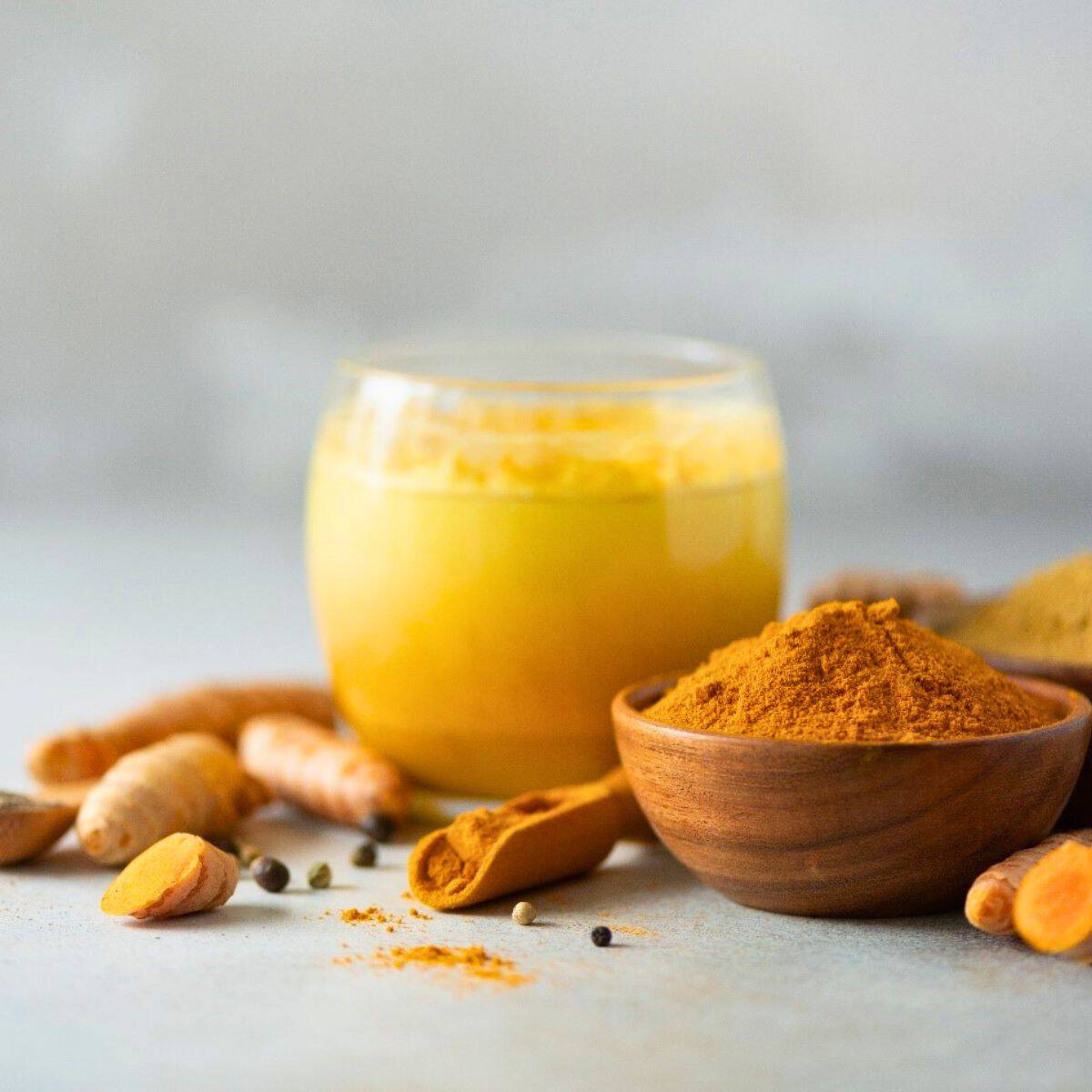
on March 11, 2021, Updated Nov 20, 2024
Turmeric Paste|Your Golden Secret to Flavor and Health
Now when you talk about the paste, it is a simple yet powerful preparation that has become popular recently. People use it for cooking, skincare, and even homemade wellness drinks. I also believe that it is an easy and hassle-free way to enjoy turmeric’s benefits.
In this blog, you will learn all about turmeric paste, from its health perks to how to make it at home. It also features two yummy and easy recipes for you to follow, tips for using the paste, and how to store it for maximum freshness. Who knows, turmeric paste might be your next favorite ingredient, I know it has become mine!
What Is Turmeric Paste?
Spotlight on Curcumin
Curcumin is the powerhouse behind turmeric’s many benefits. It is the active compound that gives turmeric its bright yellow color and its health-boosting properties. Scientists have studied curcumin for its ability to reduce inflammation and fight oxidative stress. These qualities make it a natural choice for people who need relief from joint pain, skin conditions, or even digestive issues.
Curcumin’s benefits are impressive, but the way you use it matters. Pair it with the right ingredients to unlock its full potential.
Types and Forms of Turmeric
Turmeric is available in two main forms: fresh root and powdered spice. Both offer unique qualities and the form suitable for you depends on how you plan to use this ingredient.
Fresh Turmeric Root
Fresh turmeric root has a bold, earthy flavor with hints of ginger and orange. It is often used in teas, smoothies, or grated into recipes like curries and soups.
You can usually find fresh turmeric in the produce section of health food stores or specialty markets. Look for firm, smooth roots with bright orange flesh. To prepare it, rinse thoroughly and peel the skin using a spoon or a peeler. Grate or chop it as needed.
Turmeric Powder
Turmeric powder is a convenient, shelf-stable option. It has a slightly milder flavor compared to fresh root. Powdered turmeric works well in spice blends, golden milk, or baked goods. It is also easier to measure for consistent results.
When choosing turmeric powder, look for a vibrant yellow-orange color and go for organic, non-irradiated varieties if possible. Check the label to ensure no added fillers or artificial colors.
Which is better?
If you need quick preparation or precise measurements, turmeric powder is a practical choice. For recipes where flavor shines, fresh turmeric root is worth the effort. Both forms have their place, so pick what suits your needs best.
Turmeric Paste Recipes
Turmeric paste is an easy way to enjoy the spectacular benefits of turmeric. With just a few ingredients and quick steps, you can create a paste that is flavorful, healthy, and easy to store. Here are two recipes to get you started. Let’s prepare the awesome anti-inflammatory turmeric paste!
- Recipe 1: Basic Golden Paste
This is a simple golden paste recipe with the simplest ingredients you can easily find in your pantry. It is perfect for adding to meals or making golden milk.
Ingredients
- ½ cup turmeric powder
- 1 cup water
- ¼ teaspoon black pepper
- 2 tablespoons coconut oil
Instructions
- Combine the turmeric powder and water in a small saucepan
- Stir constantly on a low flame until it forms a thick paste. This usually takes 7 to 10 minutes.
- Add black pepper and coconut oil and keep stirring until fully combined.
- Let the paste cool before putting it in a clean glass jar.
Tips
- If the paste is too thick, add a little more water while cooking.
- You can store it in the refrigerator for up to two weeks.
- Recipe 2: Sweet and Spicy Turmeric Paste
This recipe has a warm, sweet flavor. It works well in teas, desserts, or even as a topping for toast. This is by far my favorite recipe for sweet and spicy turmeric paste as it doesn’t take long to prepare and tastes heavenly!
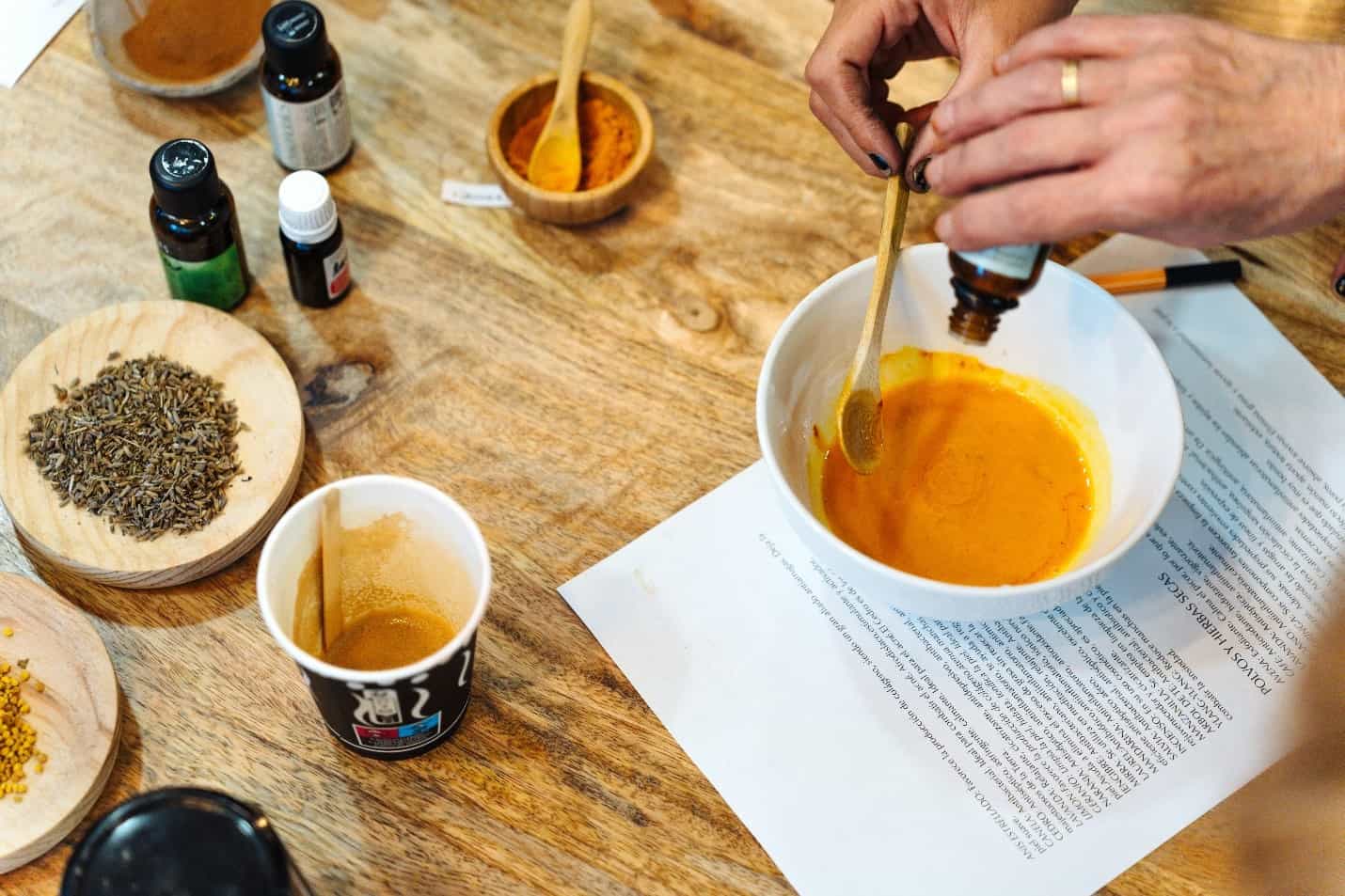
Ingredients
- ¼ cup fresh turmeric root, peeled and grated
- 2 tablespoons honey
- 1 teaspoon grated ginger
- ½ teaspoon cinnamon
- ¼ teaspoon cardamom
Instructions
- Mix the grated turmeric and ginger in a bowl
- Add honey, cinnamon, and cardamom and stir until smooth
- Store in a glass jar in the refrigerator
Tips
- Use a small amount of this paste to sweeten tea or blend it into warm milk.
- Add it to yogurt or oatmeal for extra flavor.
How to Use the Prepared Turmeric Paste
The use of turmeric paste goes way beyond cooking; it also offers benefits for wellness and skincare.
Culinary Uses
Turmeric paste adds a rich flavor and vibrant color to your favorite recipes. Stir a spoonful into smoothies for a nutrient boost or mix it into teas and lattes like golden milk. You can also add it to soups, stews, or curries.
Topical Uses
Many people use turmeric paste as part of their skincare routine. Its brightening properties make it a favorite for homemade face masks. Anti-inflammatory turmeric paste’s benefits can also help soothe irritated skin and reduce redness.
Pro Tip
Would you like to save this?
I'd like to receive tips & recipes from Anosmic Kitchen.
Start with small amounts, especially if you are new to turmeric. A teaspoon or two per day is usually enough. Too much can lead to stomach discomfort.
Secret Tips for Making Turmeric Paste
Turmeric paste is simple to make but a few tricks can take it to the next level. These tips will help you get the best flavor and texture from your paste.
Choose High-Quality Turmeric
Use fresh, organic turmeric. Fresh turmeric root has a vibrant flavor and is packed with nutrients. If you are using turmeric powder, select one that is organic and free from additives.
Add Black Pepper
Don’t forget to add some black pepper to the paste as the curcumin in turmeric is difficult for the body to absorb on its own. I personally love a bit spicy so I add a little more freshly cracked black pepper for extra kick!
Incorporate a Healthy Fat
Curcumin is fat-soluble, which means it is better absorbed when combined with a healthy fat. Coconut oil is a popular choice because of its mild flavor and smooth texture. You can also use ghee or olive oil if you prefer.
Experiment with Flavors
Turmeric paste does not have to be plain. Add grated ginger, cinnamon, or cardamom to create unique flavors. These spices complement turmeric and can enhance the taste of your drinks and dishes.
How to Store Turmeric Paste
Follow these tips to preserve the quality and flavor of your paste, whether you are storing it for a few days or longer.
Short-Term Storage
If you plan to use your turmeric paste within two weeks, store it in the refrigerator. Place it in a clean, airtight glass jar to maintain freshness. Avoid using metal containers, as turmeric can stain and react with some metals. Keep the jar sealed tightly to prevent exposure to air.
Long-Term Storage
For longer storage, freezing is the best option. Use an ice cube tray to portion the paste into small, single-use amounts. Once frozen, transfer the cubes to a freezer-safe bag or container. This method makes it easy to use the exact amount you need without defrosting the entire batch.
Additional Tips
Keep turmeric paste away from strong odors in the fridge or freezer, as it can absorb them. Always use a clean spoon to scoop out the paste to avoid introducing bacteria.
Benefits of Turmeric
Turmeric is more than just a spice. It has been valued for its health benefits for centuries. Let us see some of the significant advantages of this nature’s gift.
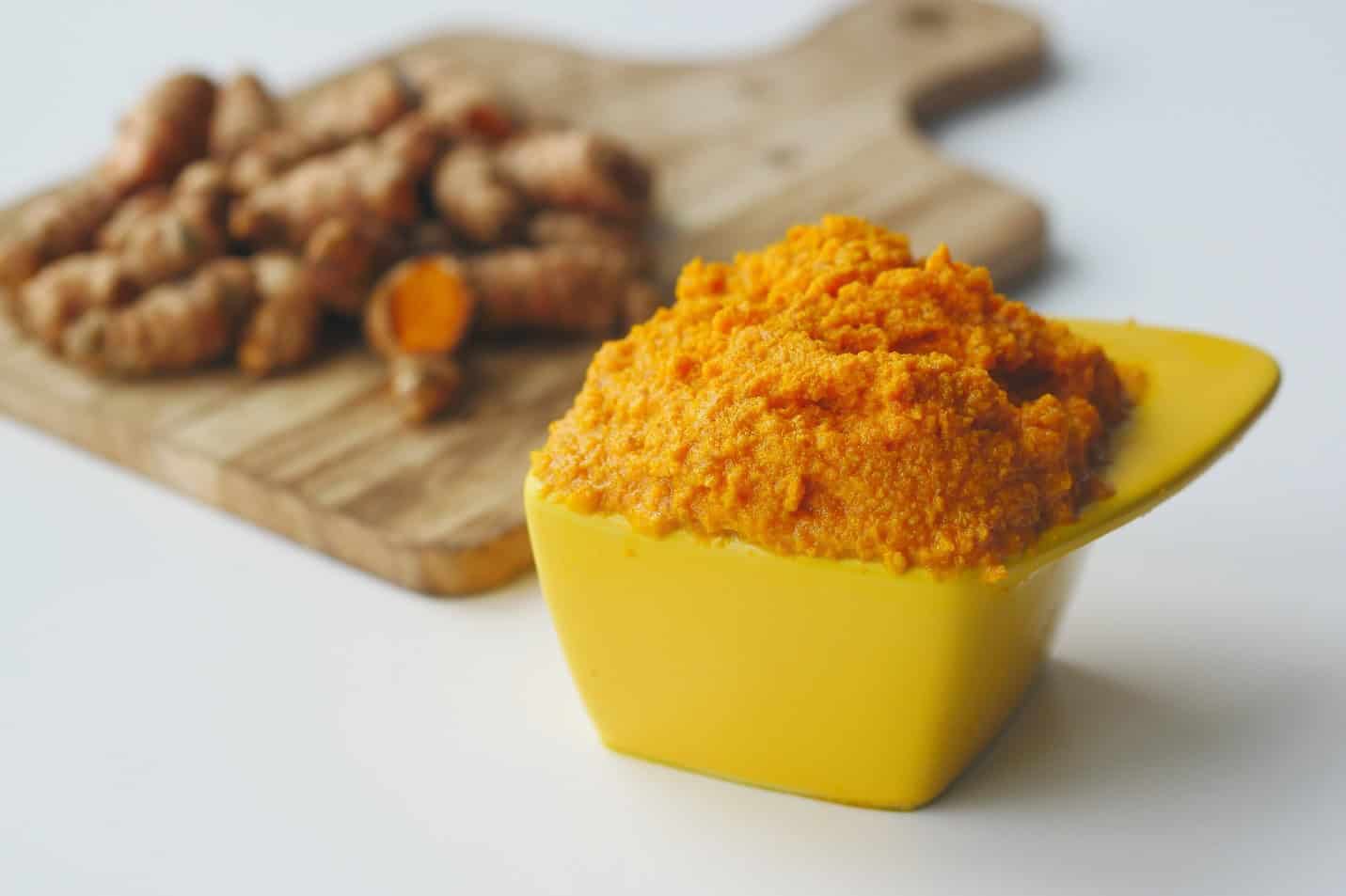
Supports joint health: Turmeric helps reduce stiffness and promotes mobility.
Eases inflammation: Its active compound, curcumin, has anti-inflammatory properties.
Boosts immunity: Turmeric strengthens your body's defense system.
Improves digestion: It aids in breaking down fats and supports gut health.
Promotes heart health: Turmeric supports healthy cholesterol levels and blood flow.
Brightens skin: It helps improve skin tone and reduces blemishes.
Protects brain health: Curcumin may support memory and reduce mental decline.
Natural antioxidant: Turmeric fights free radicals and protects cells.
Supports liver health: It helps cleanse the liver and remove toxins.
May aid weight management: It supports metabolism and balances energy levels.
Frequently Asked Questions (FAQs)
Yes, you can use turmeric paste daily, but keep the amount small. A teaspoon or two per day is usually enough. Too much may cause digestive issues.
Turmeric paste stays fresh for about two weeks in the refrigerator when stored in an airtight jar. For longer storage, freeze it in portions.
Yes, you can substitute fresh turmeric for powdered turmeric. Fresh turmeric has a stronger flavor, so use it sparingly in recipes according to taste.
Turmeric paste is generally safe for children and pets in moderation. However, check with a healthcare provider or veterinarian before introducing it to their diet.
Consuming too much turmeric paste can cause stomach discomfort or bloating. You need to consult a doctor if you experience any adverse effects.
Gather the Ingredients and Get Started!
Now you have a great health secret up your sleeve! Turmeric paste is a versatile ingredient with many uses. It brings health benefits, adds flavor to meals, and even works as a natural skincare remedy. I think this blog is a sign to kick start your health journey right away!
The recipes shared here are simple to follow and customizable. You can try the basic golden paste or the sweet and spicy version, and adjust them to suit your taste. Experiment with adding other spices or herbs to make it your own.
If you have not tried making turmeric paste yet, now is a great time to start. I would love to know how yours turned out so please do share your recipes, experiences, or even favorite ways to use turmeric paste in the comments with me. Your ideas may inspire others to explore this golden ingredient in new and creative ways. Start experimenting and enjoy all the goodness this paste has to offer!
More Turmeric Recipes
Stay in touch!
Sign up to our newsletter and follow along Facebook, Pinterest and Instagram for our latest recipes! Tag all your fabulous creations #anosmickitchen.
⭐ Last Step: Help Us Grow!
If you enjoyed making this sunny side up smashed avocado toast, we’d love to hear from you! Please take a moment to leave a rating and a comment letting us know how the recipe turned out. Your feedback helps us continue to provide you with high-quality, free recipes. Thank you for your support, and happy cooking!
Print
3 Ingredient Turmeric Paste
- Total Time: 30 minutes
- Yield: 6 servings 1x
Description
Discover the ultimate turmeric paste recipe for cooking, skincare and health!
Ingredients
- ½ cup turmeric powder
- 1 cup water
- ⅓ cup coconut oil
- 1.5 tsps ground black pepper
Instructions
- Combine Turmeric and Water: In a saucepan, mix the turmeric powder and water over low to medium heat. Stir continuously to form a smooth paste.
- Cook Turmeric Mixture: Continue stirring the turmeric mixture over medium heat for about 7-10 minutes until it thickens into a paste-like consistency. Adjust the heat as needed to prevent burning.
- Add Coconut Oil: Incorporate the coconut oil into the turmeric paste. Stir well to ensure even blending. Coconut oil enhances the absorption of turmeric's active ingredient, curcumin.
- Sprinkle Black Pepper: Add ground black pepper to the mixture. Black pepper contains piperine, which can further enhance the bioavailability of curcumin.
- Stir and Cool: Stir the paste thoroughly to combine all ingredients. Allow the mixture to cool completely.
- Transfer to a Jar: Once cooled, transfer the turmeric paste into a clean, airtight jar. Store it in the refrigerator for longevity.
Notes
- cinnamon
- cardamom
- ginger
You can adjust the water quantity to achieve your preferred paste consistency.
Turmeric paste can be stored in the refrigerator for up to two weeks.
Use the paste in various recipes, such as adding it to warm milk for a soothing turmeric latte or incorporating it into curry dishes for flavor and color.
- Prep Time: 15 minutes
- Cook Time: 15 minutes
Nutrition
- Calories: 94
- Sugar: 0.3
- Sodium: 5
- Fat: 8
- Saturated Fat: 6
- Carbohydrates: 7
- Fiber: 2
- Protein: 1
Leave a Comment & Rate this Recipe
If you love this recipe, please consider giving it a star rating when you post a comment because the star ratings helps other people like you find my recipes online and that means so much to me thank you! Miranda, xoxo





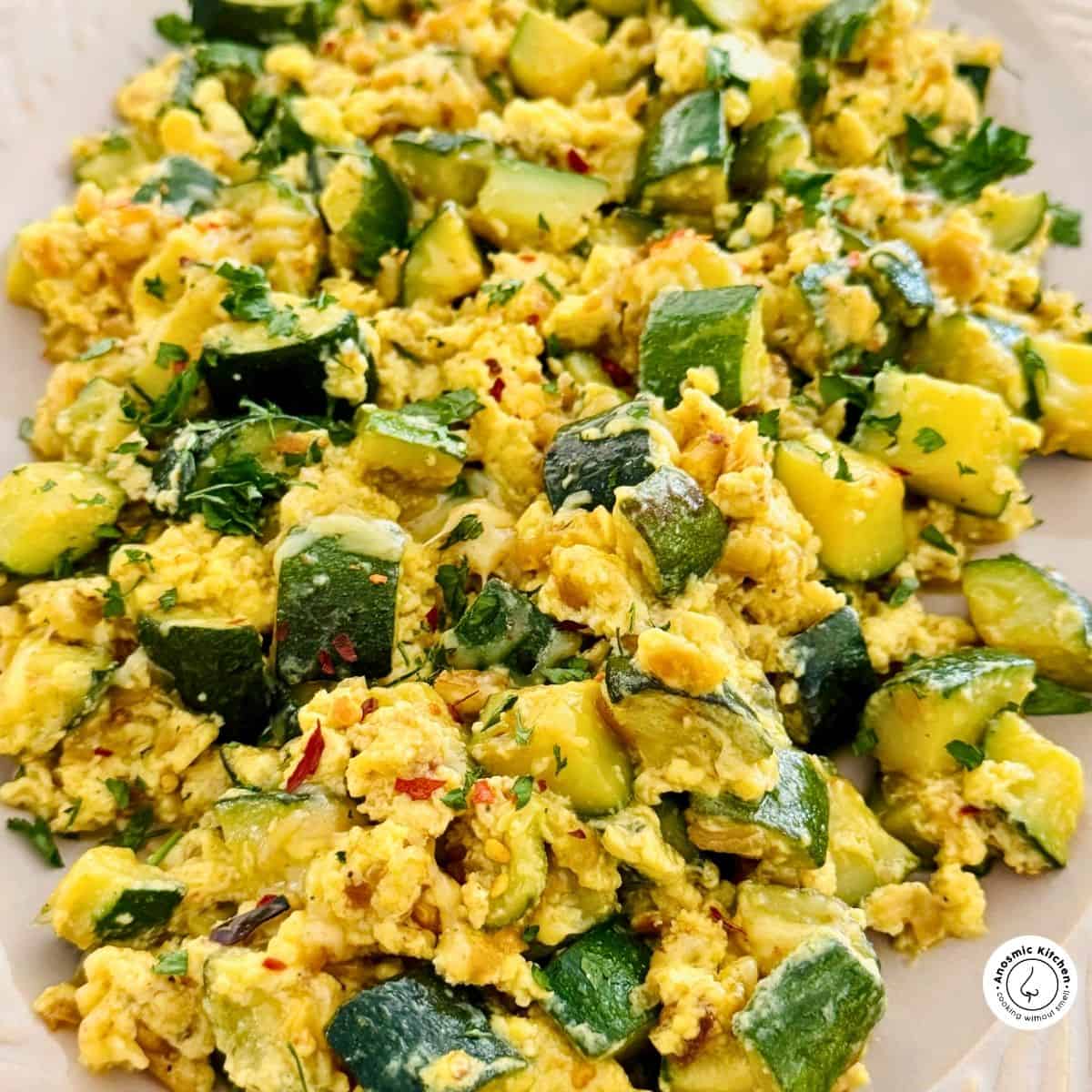
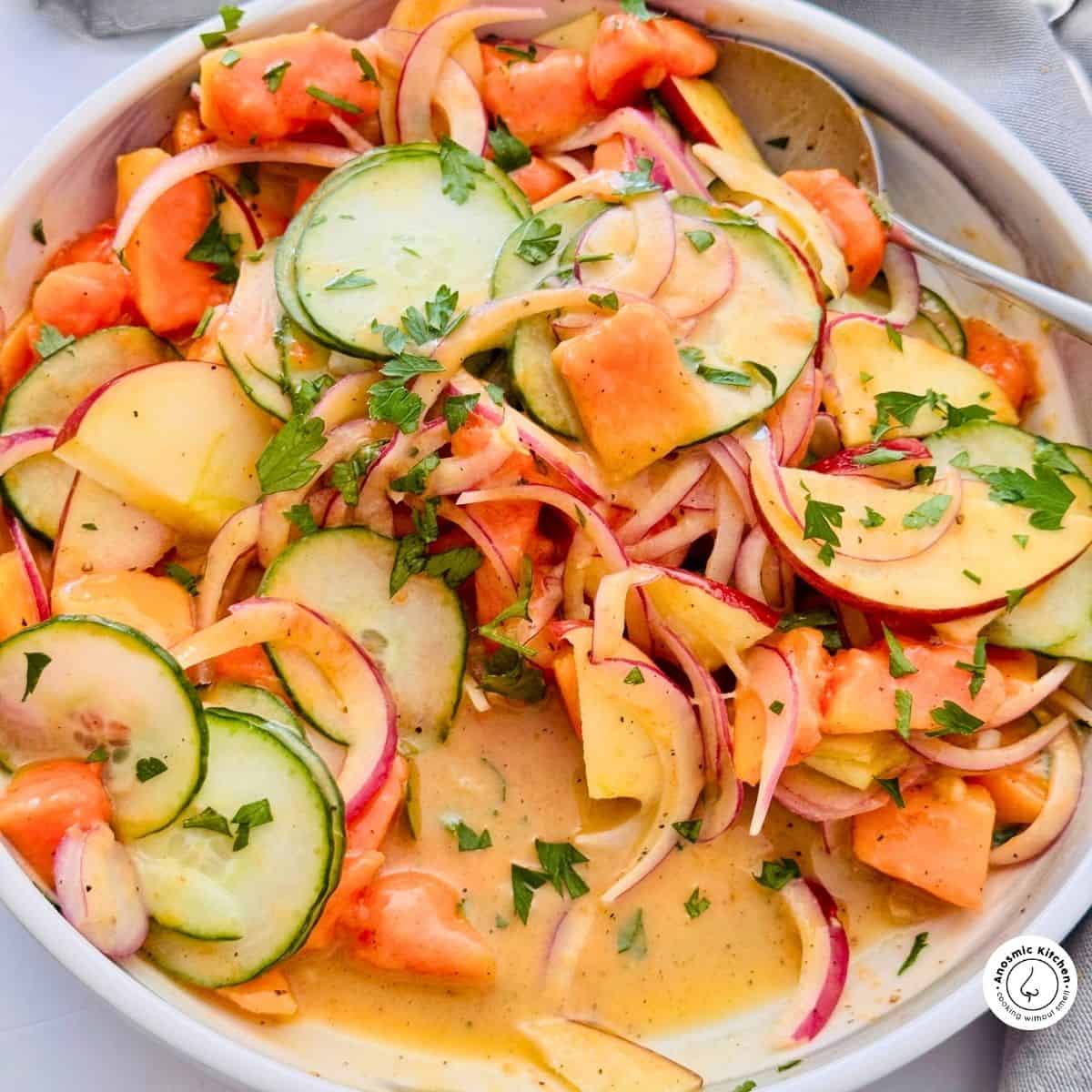


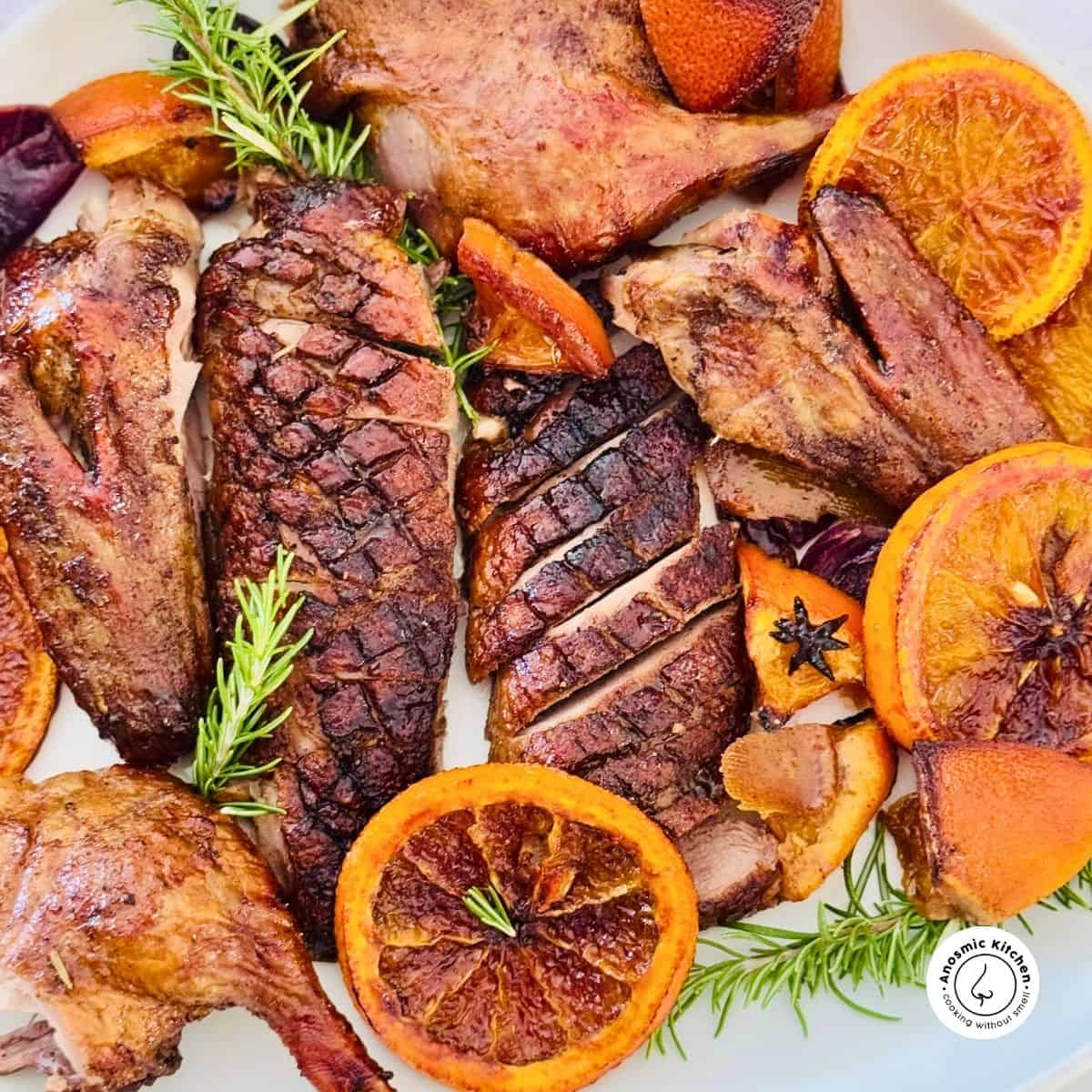




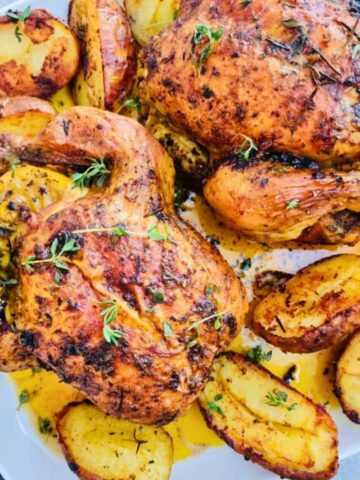

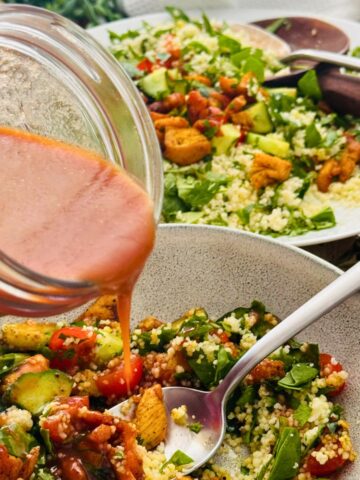
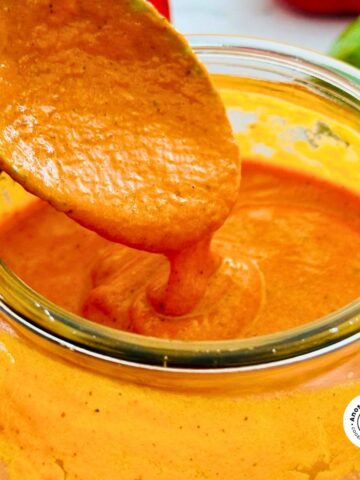
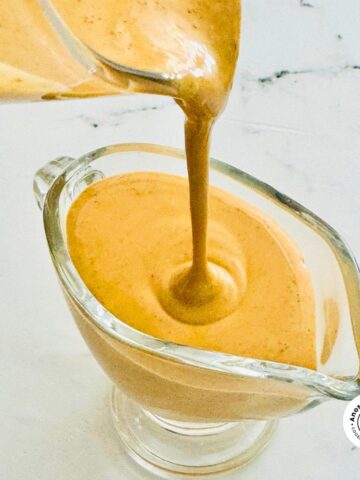
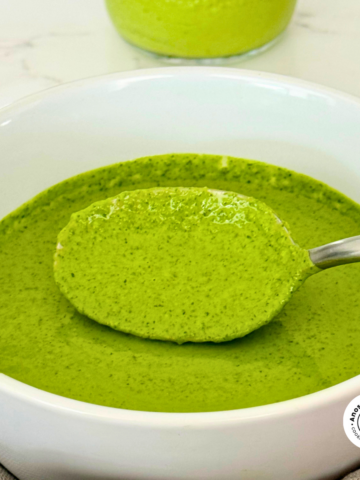
Comments
No Comments